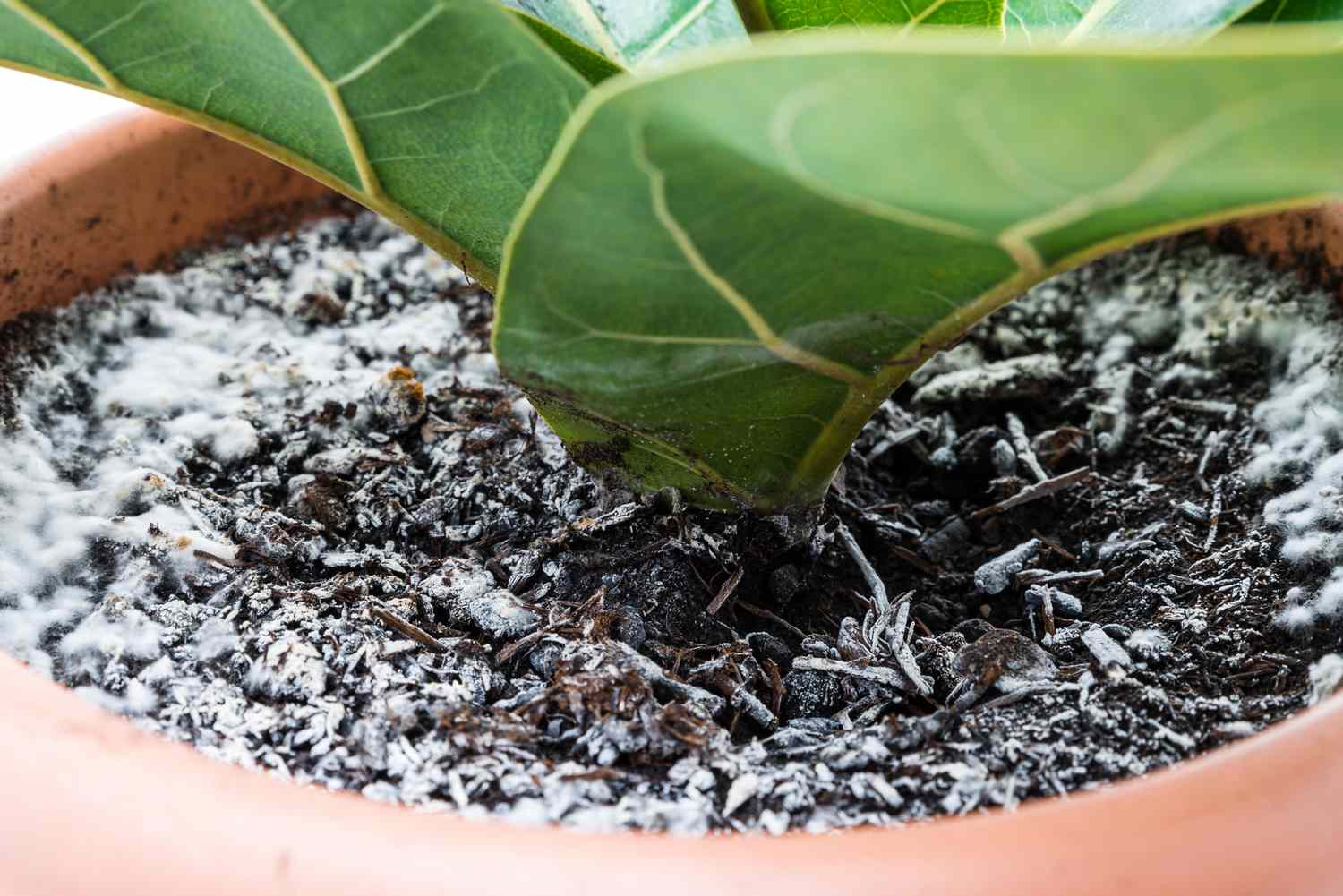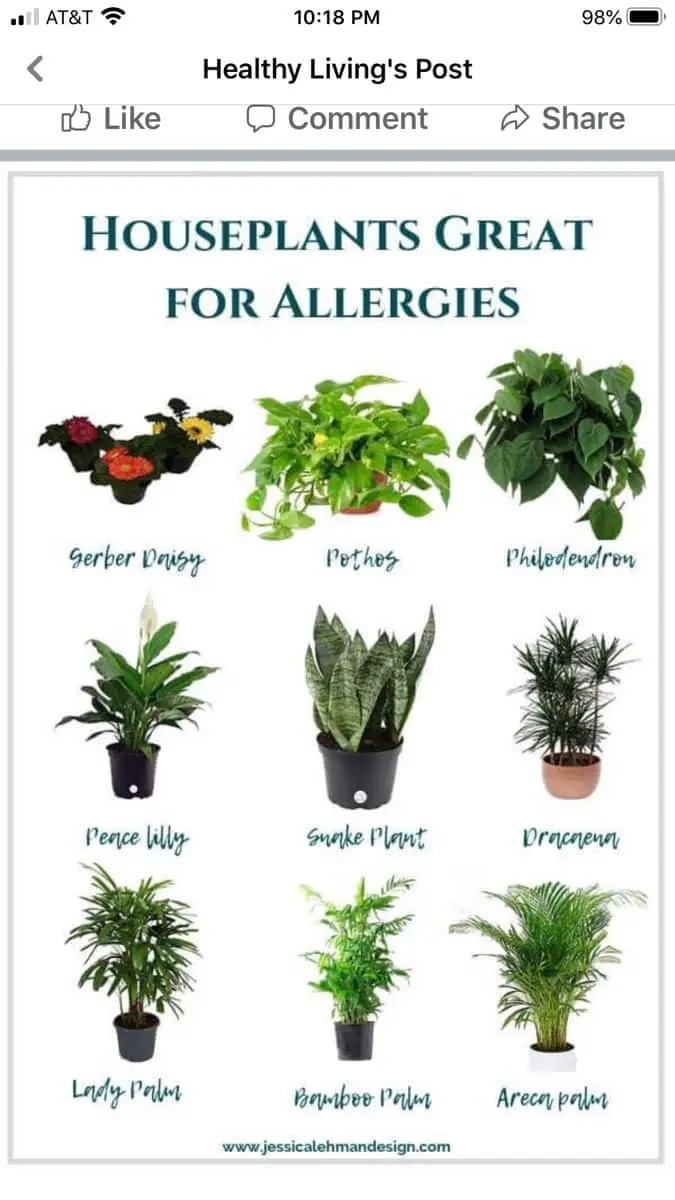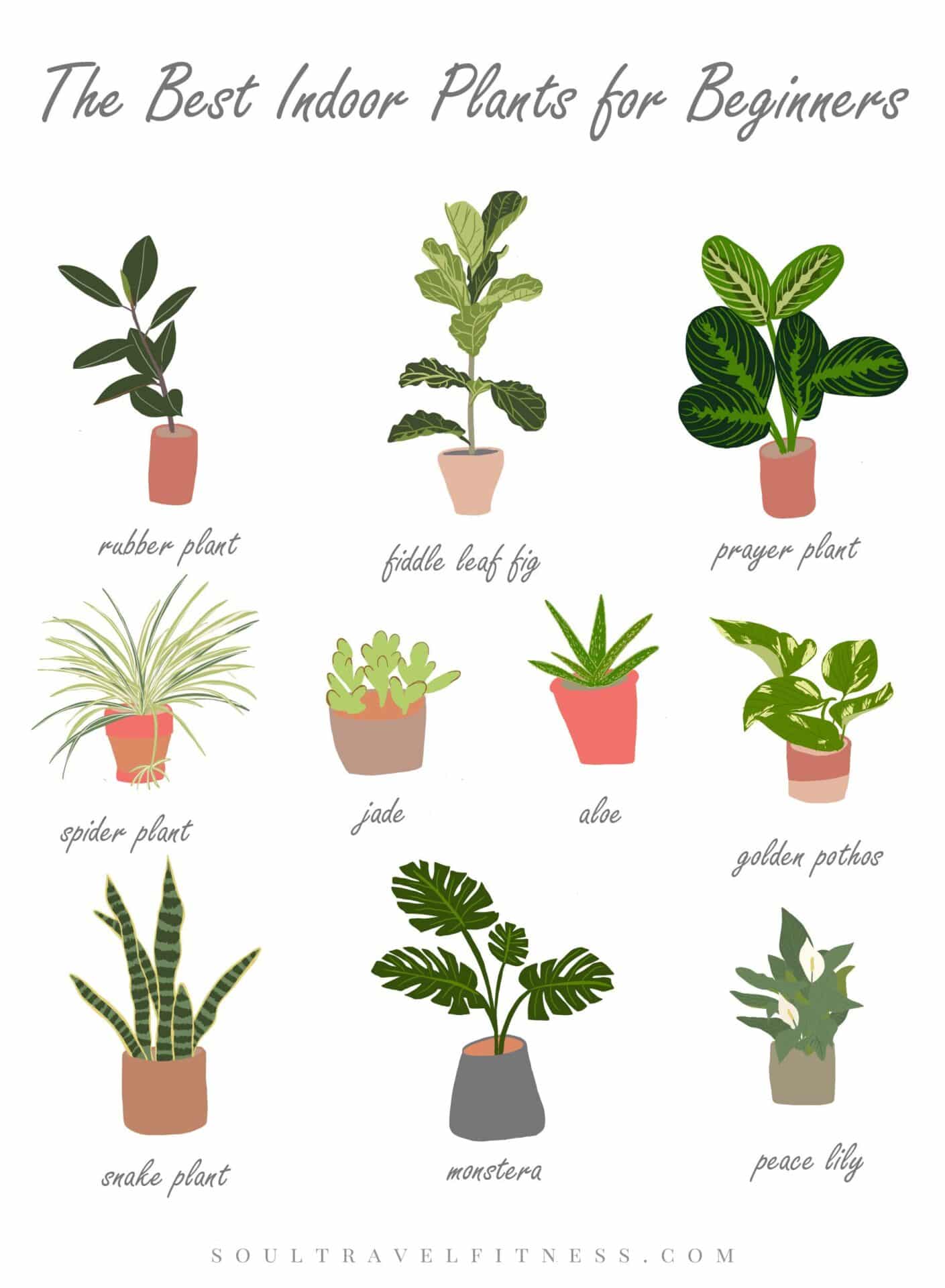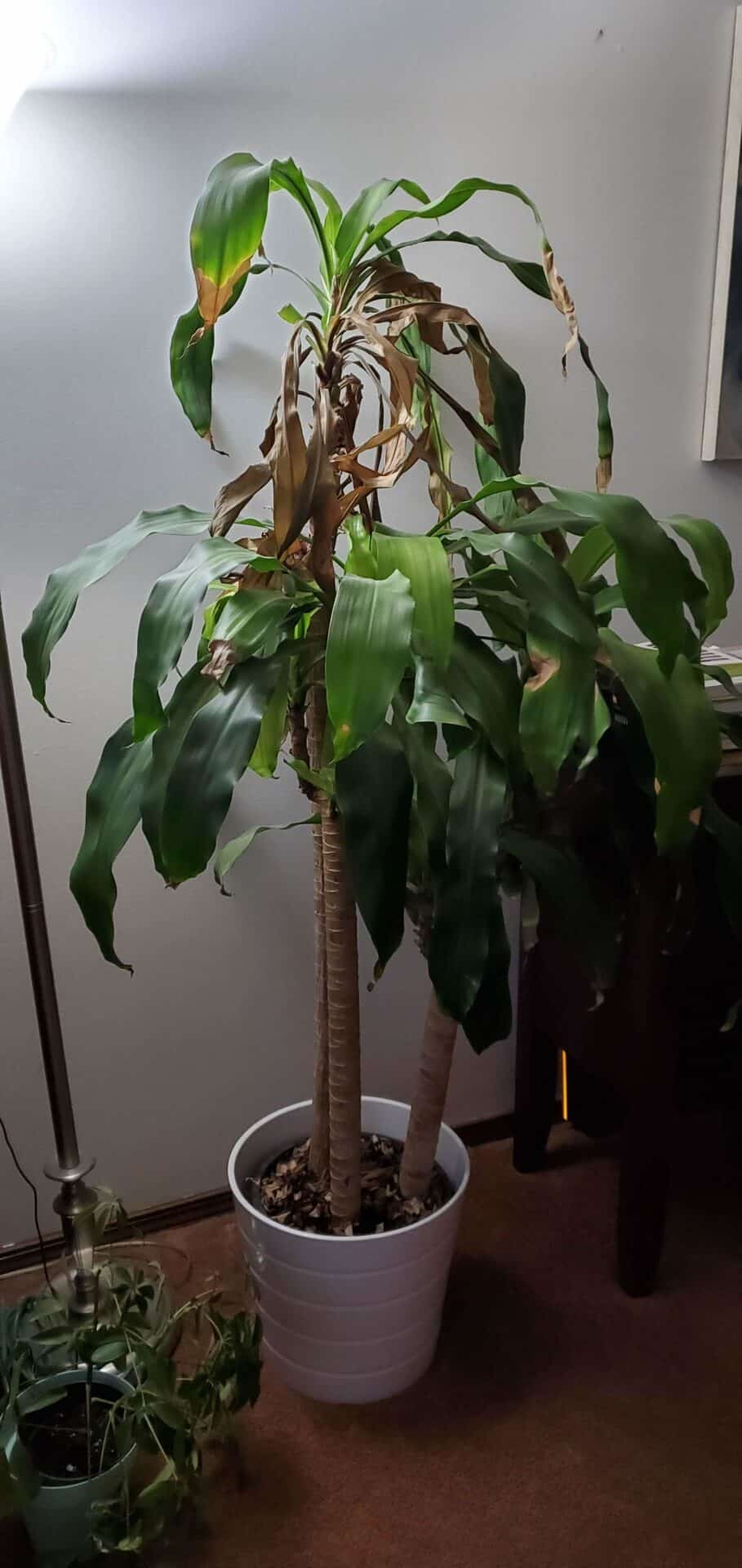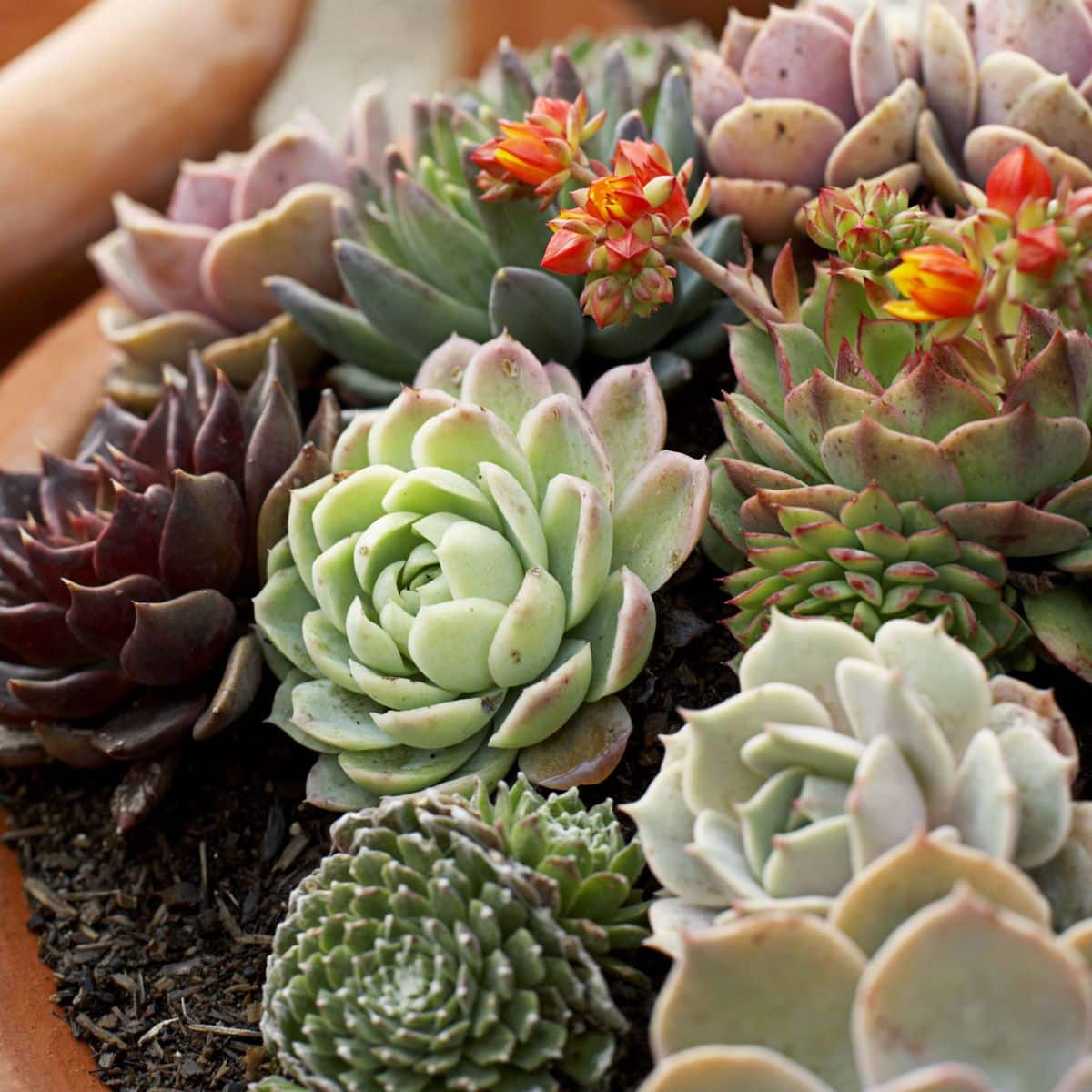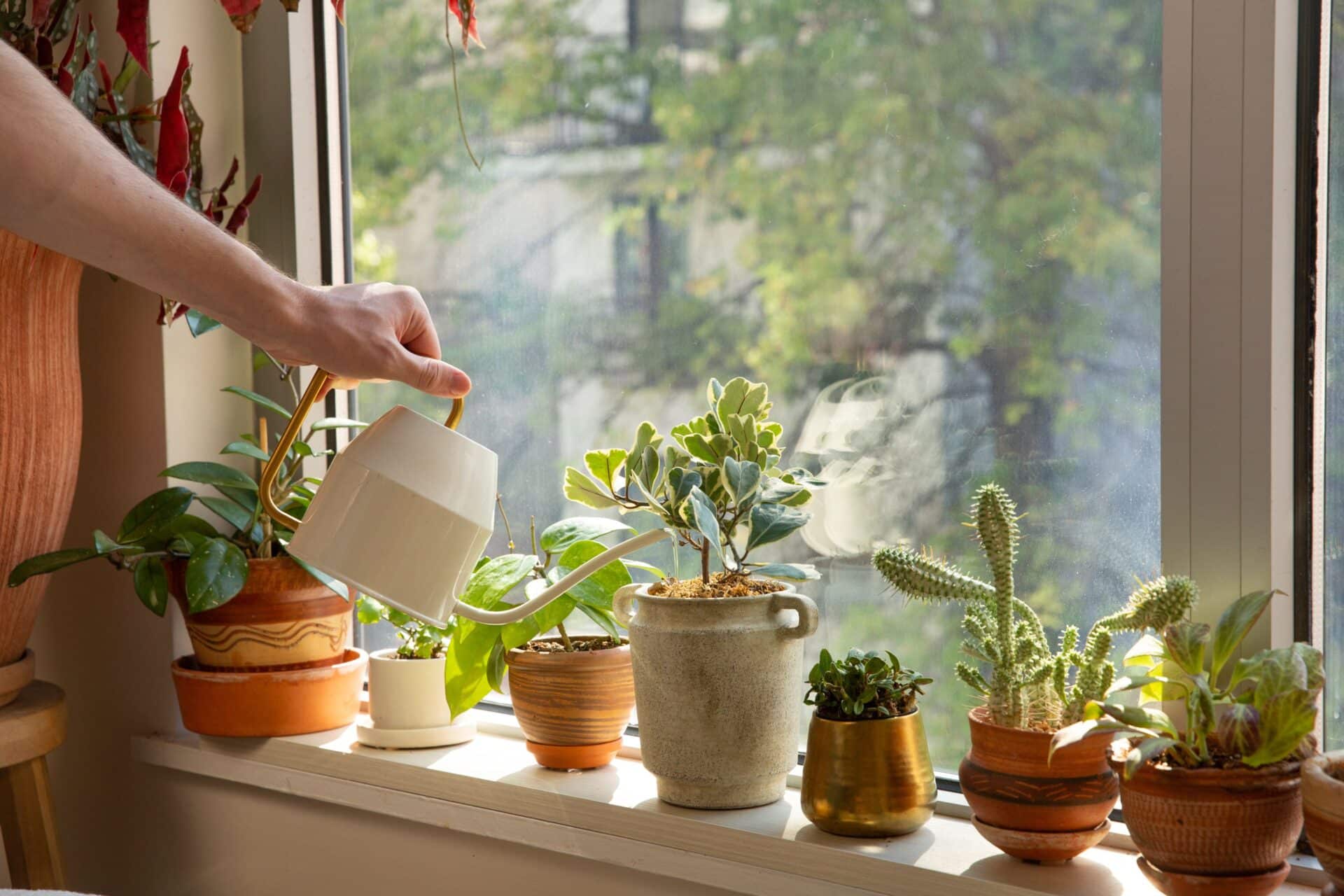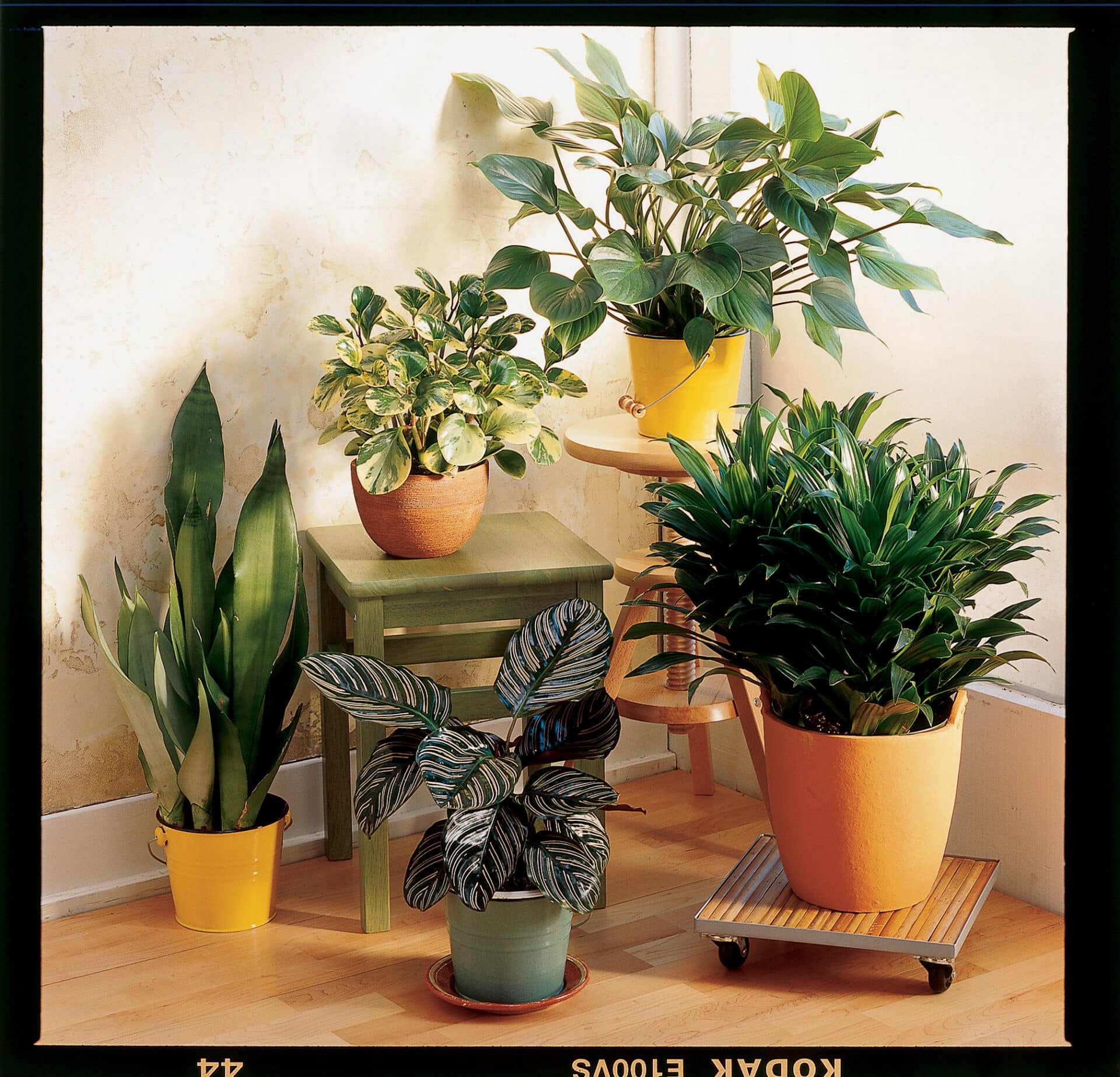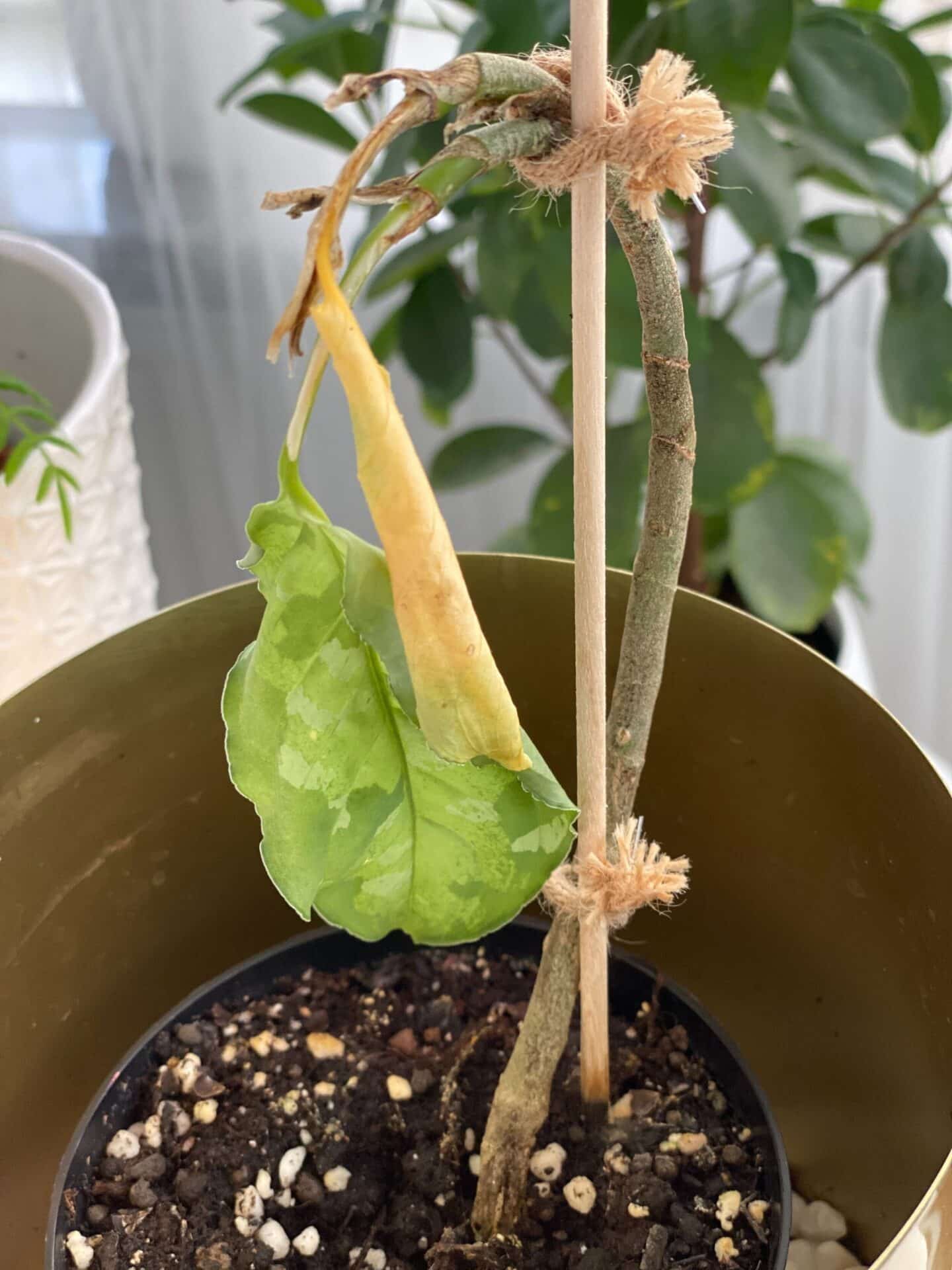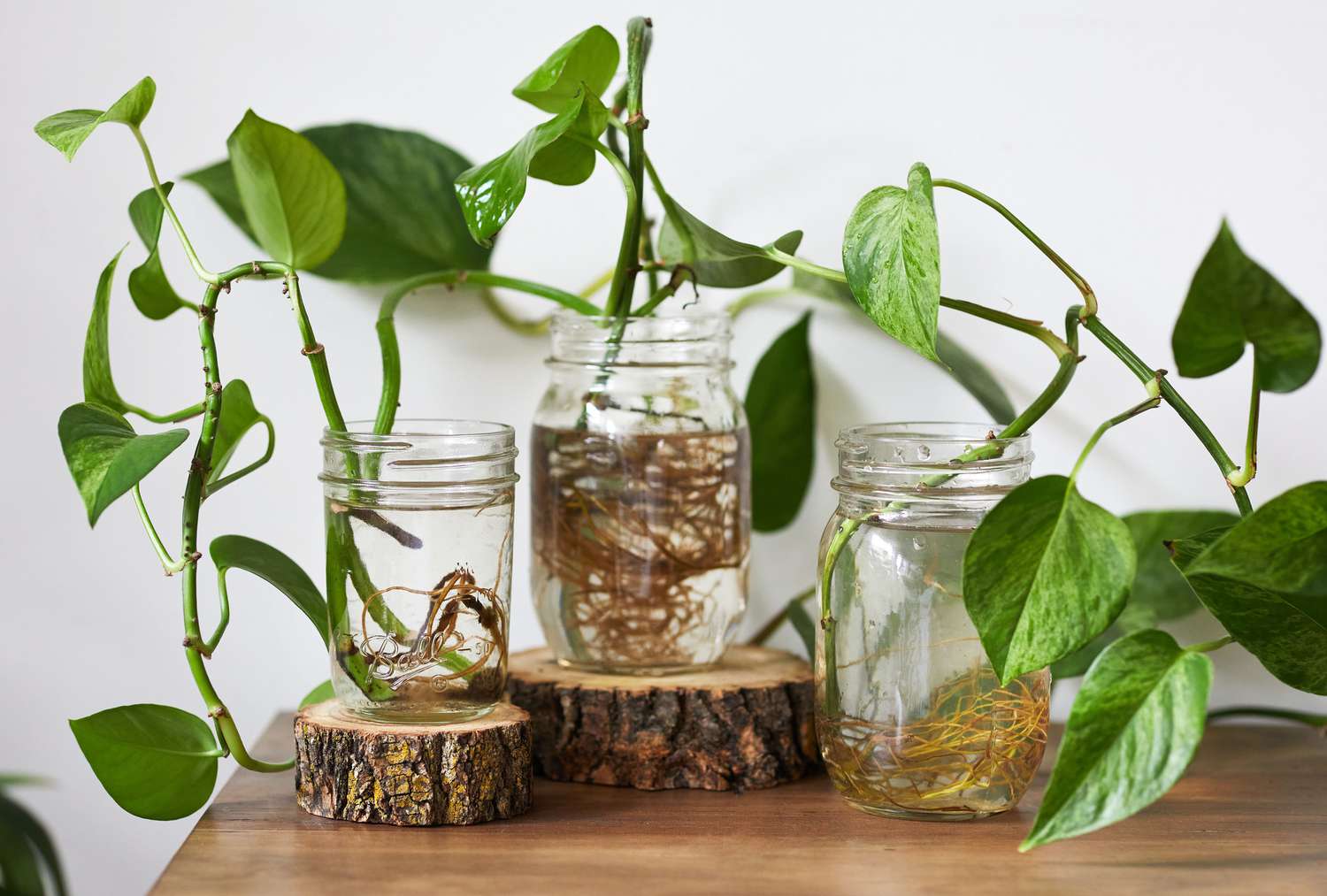Category: Planting
-
What to Do When Houseplant Soil Gets Moldy: Expert Tips
Remove the moldy soil and replace it with fresh soil. Improve ventilation and reduce watering to prevent mold growth. Houseplant soil can sometimes develop mold due to excess moisture and poor air circulation. Moldy soil not only looks unpleasant but also can harm your plants by promoting root rot and attracting pests. To tackle this…
Categories: House Plants -
Can House Plants Cause Allergies in Dogs? Learn the Risks
Yes, house plants can cause allergies in dogs. Some plants produce pollen or have irritating sap. House plants add beauty and oxygen to homes. But pet owners should be cautious. Certain plants can trigger allergic reactions in dogs. Symptoms may include itching, sneezing, or skin irritation. Plants like lilies, ivy, and ferns are common culprits.…
Categories: House Plants -
How Do I Know What House Plant I Have? A Simple Guide
Identify your house plant by examining its leaves, flowers, and growth patterns. Use plant identification apps or guides for accurate results. House plants come in various shapes, sizes, and types, making identification crucial for proper care. Knowing the specific needs of your plant ensures it thrives in your home environment. Consider factors like leaf shape,…
Categories: House Plants -
How Do I Know If My Indoor Plant is Dying: Warning Signs to Watch
If your indoor plant is wilting, yellowing, or losing leaves, it might be dying. Check for root rot or pests. Indoor plants can bring life and color to any space. Proper care ensures they thrive and flourish. Knowing the signs of a dying plant can help you save it. Common indicators include wilting leaves, discoloration,…
Categories: House Plants -
House Plant That Doesn’T Need Much Water: Low-Maintenance Greenery
The Snake Plant is a house plant that doesn’t need much water. It thrives in dry conditions and low light. Snake Plants, also known as Sansevieria or Mother-in-Law’s Tongue, are ideal for busy individuals. They require minimal care and can tolerate neglect. These hardy plants are perfect for beginners or those with a hectic lifestyle.…
Categories: House Plants -
How to Tell If House Plants Need Water: Expert Tips
Check soil moisture by inserting your finger 1-2 inches deep. Water if the soil feels dry. House plants add beauty and freshness to indoor spaces. Proper watering is crucial for their health. Overwatering or underwatering can harm plants. Signs of underwatering include wilting leaves and dry soil. Overwatering often results in yellowing leaves and moldy…
Categories: House Plants -
Which House Plants are Poisonous to Dogs: Essential Guide
Several house plants are poisonous to dogs, including lilies, aloe vera, and philodendrons. These plants can cause severe health issues if ingested. House plants add beauty to our living spaces, but some can be dangerous for our furry friends. Dog owners must be aware of which plants are toxic to prevent accidental poisonings. Lilies, for…
Categories: House Plants -
What Happens If a Potted Plant is Overwatered: Hidden Dangers
Overwatering a potted plant leads to root rot and reduced oxygen supply. The plant may eventually die if not corrected. Overwatering is a common mistake that many plant enthusiasts make. It often results from the misconception that more water equals a healthier plant. In reality, too much water can suffocate the roots, causing them to…
Categories: House Plants -
House Plants That Can Be Grown in Water: Easy Indoor Greenery
Several house plants thrive in water, including pothos, lucky bamboo, and philodendron. These plants are easy to maintain and can brighten any space. Growing house plants in water offers several benefits. It eliminates the need for soil, reducing mess and potential pests. Water-grown plants are also easier to propagate, making it simple to expand your…
Categories: House Plants -
When is the Best Time to Water House Plants: Expert Tips
The best time to water house plants is in the early morning or late afternoon. This timing helps plants absorb water efficiently. Watering house plants at the right time of day is crucial for their health and growth. Early morning watering allows plants to absorb moisture before the heat of the day. Late afternoon watering…
Categories: House Plants

